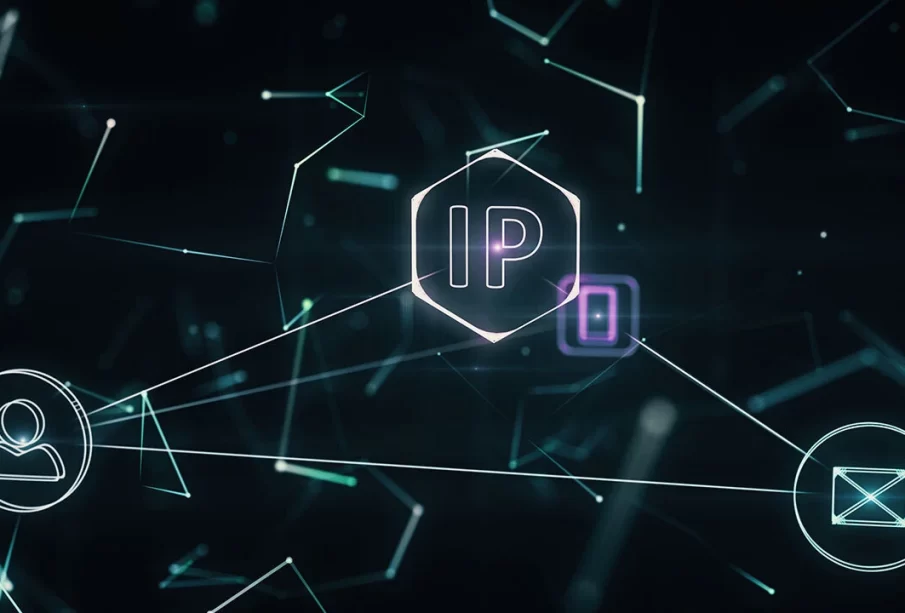Why should you monitor your network for signs of ip booting?

With our growing reliance on internet connectivity in all areas of business, education, and recreation, distributed denial-of-service (DDoS) attacks have become a severe threat. Malicious actors are increasingly utilizing pay-to-play booter services known as “IP booters” or “stressers” to overwhelm and disable websites, networks, gaming platforms, and other critical infrastructure.
IP booter services operate by compromising vast networks of consumer devices, servers, computers, and IoT devices with malware allowing centralized control. Booter operators then create customer-facing web panels that provide easy interfaces for selecting the type, intensity, and duration of DDoS attacks. Customers simply pay in cryptocurrencies to rent access to the pre-built botnets used to barrage victims with floods of malicious traffic.
Attacks range from a few gigabits per second up to hundreds of gigabits overwhelming most network capacities. Booters offer tiered plans based on attack strength and duration. Some booters also take special requests to craft customized attacks aimed at taking down particularly well-defended sites. Prices often start around just $10 per day and up to thousands per month for sustained assaults from dedicated servers Visit tresser.io for more info about stresser.
With such convenient, anonymous, and inexpensive access now available to crippling DDoS attacks, organizations must start monitoring proactively for signs of IP booter strikes. Detecting attacks early is critical to engage incident response plans and activate defenses before outages and damage expand unchecked.
Watching for signs of ip booting
Active monitoring provides the key to recognizing DDoS strikes as they emerge. IT and security teams should watch for these indicators of potential IP booting attacks:
- Sudden spike in inbound or outbound bandwidth usage
- Unexplained slow internet speeds reducing productivity
- Increase in service disruptions, crashes, and connectivity issues
- Websites or other external services becoming unavailable
- Surge in error messages, timeouts, or failed requests
- Unusually high volumes of traffic visible in firewall and server logs
- Inability for remote employees to access internal applications or files
- Traffic originating from random IP addresses and unfamiliar geolocations
Pinpointing exactly when anomalies emerge allows quick correlating with other network monitoring data to identify potential attack origins. Preserving logs and packet captures from the timeframe surrounding incidents also provide supporting evidence for later forensic investigation or law enforcement inquiry.
Importance of detecting early warning signs
The key to limiting damages from any attack lies in recognizing it is underway rapidly, not once outages fully cascade through infrastructure many hours later. Quick incident detection provides time to begin enacting emergency protection and mitigation plans while notifying staff and key stakeholders.
Monitoring for early attack clues also allows security teams to instantly start traffic tracing, IP WHOIS lookups, mechanism comparisons, and other threat intelligence gathering during events. This data fuels dynamic security policy adjustments like access list updates that provide some degree of relief from inbound floods. Rapid research also aids law enforcement investigations and court cases against attackers later.
Any incremental delays in detecting and responding to strikes dramatically expand potential harms as junk traffic volumes ramp up. The longer an IP booter attack occurs before getting identified, the more difficult and time-consuming full recovery becomes across impacted infrastructure layers.











